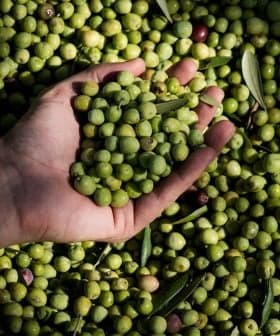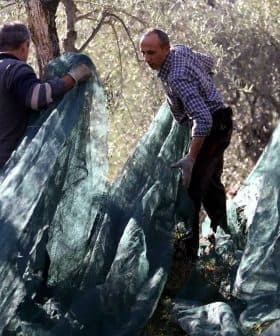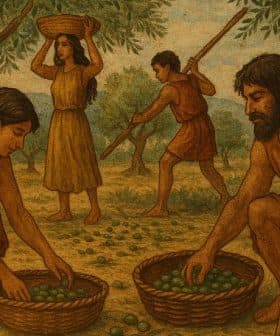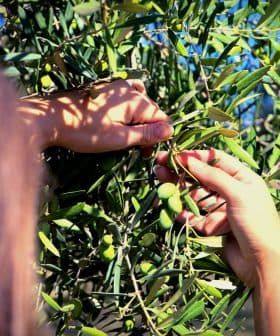Scientists Defend Study Finding Xylella Not Responsible for Most OQDS
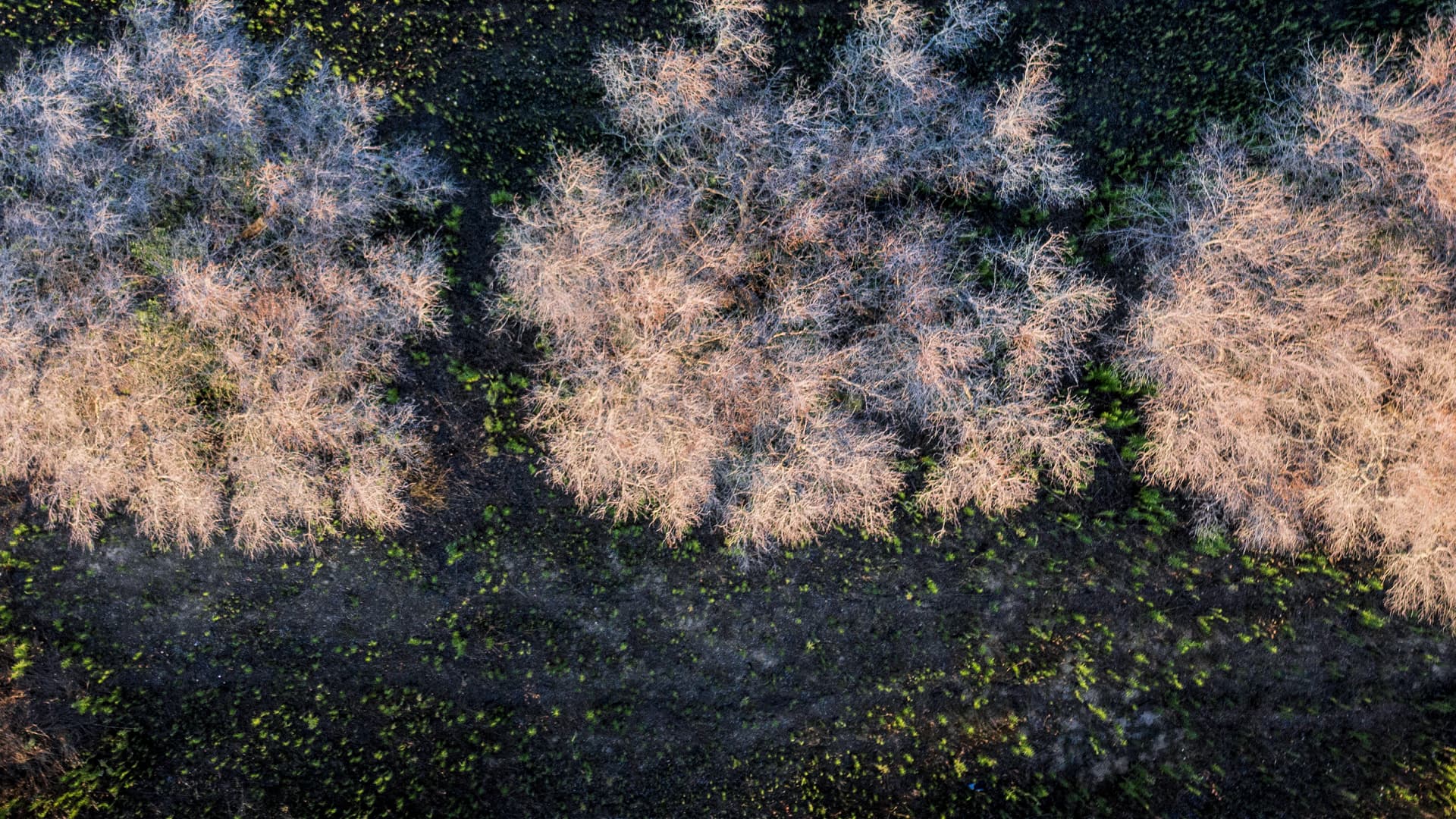
The rebuttal to the article on olive decline in Salento by Donato Boscia clarifies that while Xylella fastidiosa has been identified as the sole causal agent of Olive Quick Decline Syndrome (OQDS), other pathogens, such as fungi, may also be responsible for symptoms observed in olive trees. The article also questions the necessity of uprooting asymptomatic olive trees in the demarcated areas, highlighting the resilience of many olive trees in Salento despite the presence of Xylella fastidiosa.
The rebuttal to our article from Donato Boscia, the unit manager of the Institute for Sustainable Plant Protection in Bari of the National Research Council, requires some clarification
It should be stressed that the initial studies concerning the olive decline in Salento attributed the phenomenon to a number of pathogens: the “complex” disease, including also some fungi. But, upon the identification of Xylella fastidiosa subsp. pauca, the bacterium has been retained as the sole causal agent of Olive Quick Decline Syndrome (OQDS).
Consequently, from 2015 onward, every decline symptom identified on olive trees, such as leaf, twig and branch dieback, was attributed to the bacterium, and this assumption was largely conveyed to farmers, agronomists, journalists and politicians.
See Also:Xylella May Not Be Responsible for Olive Tree Devastation in Puglia, Study FindsDuring the monitoring surveys, the regional inspectors have, consequently, collected samples from olive trees that visibly show some of such symptoms just because they are suspected to be caused by Xylella fastidiosa.
By checking the data collected by the regional phytosanitary inspectors of Puglia, one question arises. If, from 2016 until 2022, the percentage of olive trees that visibly show symptoms of decline tested positive for the occurrence of Xylella fastidiosa is in a range of 22.5 percent to 3.21 percent, which other pathogens caused the symptoms in the remaining 78 to 97 percent of olive trees?
Within this scenario, it should be outlined that, in the pathogenicity tests, Xylella fastidiosa subsp. pauca causes some leaf wilting on the inoculated plants more than one year after the inoculation, whereas fungi belonging to Neofusicoccum spp., isolated in the same areas of Salento affected by the olive disease, are capable of killing the whole plant in two to three weeks (Scortchini et al., 2023).
The wide occurrence of fungi and their aggressiveness could explain the vast majority of symptomatic olive trees sampled and resulted in negative for the bacterium.
It is possible that in the infected areas of Salento, Xylella fastidiosa occurs to a great extent but what is observed is that phytopathogenic fungi are also contemporaneously present in the same tree that hosts Xylella fastidiosa.
A more comprehensive approach to the study concerning the olive decline should be to also consider other phytopathogens involved in the complex disease currently affecting olive trees in Puglia.
It should be added, that, nowadays, many pathological emergencies that affect woody species are caused by a number of phytopathogens that can act between them and in combination also with abiotic predisposing factors.
In any case, in Salento, neither Xylella fastidiosa nor OQDS could have killed “tens of millions” of olive trees, considering that in the province of Lecce, the olive trees are estimated to be “only” 11 million, and many of these are still visibly healthy and productive. Therefore, this narrative is absolutely unfounded.
A second aspect of the rebuttal concerns the low incidence of Xylella fastidiosa in the demarcated areas. We do not deny that the aim of the monitoring surveys is to find infected trees and that a low occurrence of the bacterium has to be expected within the “buffer” areas. We point out the unnecessary sacrifice of asymptomatic centennial and millennial olive trees that surround the infected one within a radius of 50 meters.
According to epidemiological models that revealed “the negligible role of the asymptomatic trees” in further spreading the disease, the additional uprooting would not seem useful.
It should also be added that the “blind” tree uprooting, irrespective of the real occurrence of the bacterium within the olive crown, appears quite obsolete, especially by taking into consideration the great number of very sensitive and reliable detection techniques recently developed for Xylella fastidiosa.
Moreover, many autochthonous olive trees in Salento, which have been infected since 2015, are perfectly healthy and productive today.
Some years ago, it was predicted that in the whole of Salento “will remain just 50 olive trees, a sort of museum of the past”.
Nowadays, such a statement appears quite far from the reality since, thanks to field management strategies that allow the olive groves to vegetate and yield, many farmers are continuing to take care of their olive groves planted with Ogliarola salentina and Cellina di Nardò.
In addition, a vast phenomenon of resilience is currently observed in Salento, also including the areas where the initial outbreak of the disease was reported.
Margherita Ciervo is a researcher and professor at the University of Foggia’s Department of Economy, Management and Territory.
Marco Scortichini is a researcher at the Council for Agricultural Research and Economics’ (CREA) research center for olive, fruit and citrus crops in Rome.



